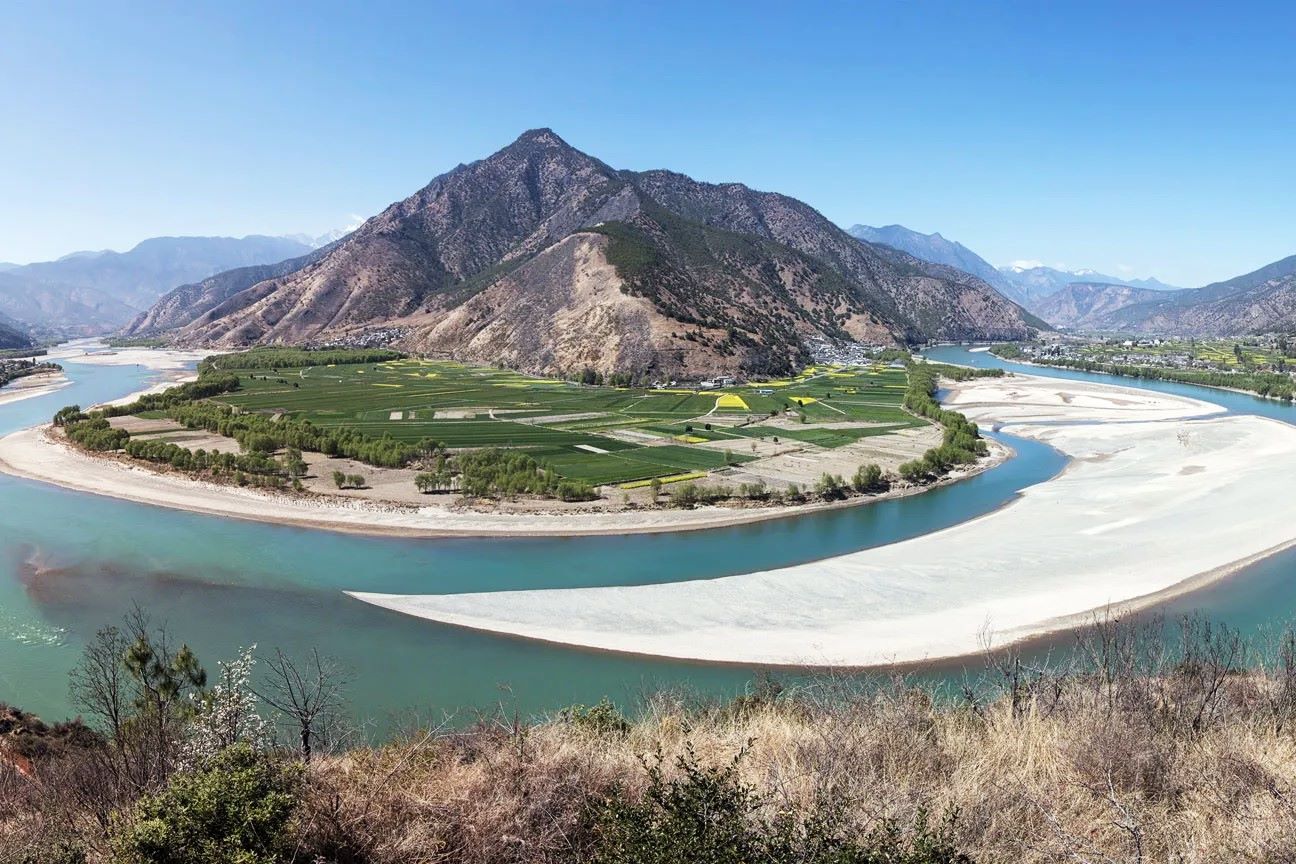
The Yangtze River, the longest river in Asia, stretches over 6,300 kilometers, weaving through diverse landscapes and cultures. Did you know it serves as a crucial waterway for millions of people? This mighty river, also known as the Chang Jiang, flows from the Tibetan Plateau to the East China Sea. Along its journey, it supports countless ecosystems, bustling cities, and ancient traditions. But what makes the Yangtze truly fascinating? From its role in Chinese history to its modern-day significance, the Yangtze River holds many secrets. Let's dive into 15 intriguing facts that highlight the importance and wonder of this majestic river.
Key Takeaways:
- The Yangtze River is Asia's longest river, supporting ancient civilizations, diverse wildlife, and China's economy. It's a cultural icon, inspiring art and traditional festivals.
- The Yangtze River is a vital lifeline for China, with bustling ports, hydroelectric power, and a rich cultural heritage. It's a hub of history, nature, and economic activity.
The Longest River in Asia
The Yangtze River holds the title of the longest river in Asia. Stretching over 6,300 kilometers, it flows through diverse landscapes and supports millions of people.
- The Yangtze River is the third longest river in the world, after the Nile and the Amazon.
- It originates from the glaciers of the Qinghai-Tibet Plateau in western China.
- The river flows through 11 provinces and cities, including Shanghai, before emptying into the East China Sea.
A Cradle of Ancient Civilizations
The Yangtze River has been a cradle of ancient Chinese civilizations. Its fertile banks have nurtured human settlements for thousands of years.
- Archaeological evidence suggests that human activity along the Yangtze dates back over 27,000 years.
- The river's basin is home to some of China's earliest and most significant archaeological sites, such as the Hemudu and Liangzhu cultures.
- The Yangtze has played a crucial role in the development of Chinese agriculture, particularly rice cultivation.
Biodiversity Hotspot
The Yangtze River basin is a biodiversity hotspot, teeming with unique and endangered species.
- The river is home to the critically endangered Yangtze River dolphin, also known as the baiji.
- The Chinese alligator, one of the world's rarest reptiles, inhabits the lower reaches of the Yangtze.
- The river supports over 350 species of fish, many of which are endemic to the region.
Economic Lifeline
The Yangtze River is an economic lifeline for China, facilitating trade, transportation, and industry.
- The river's ports handle over 1.5 billion tons of cargo annually, making it one of the busiest inland waterways in the world.
- The Yangtze River Delta is one of China's most economically developed regions, contributing significantly to the country's GDP.
- The river's hydroelectric dams, including the famous Three Gorges Dam, generate a substantial portion of China's electricity.
Cultural Significance
The Yangtze River holds immense cultural significance in Chinese history, literature, and art.
- The river has inspired countless poets, writers, and artists throughout Chinese history, including the famous poet Li Bai.
- Traditional Chinese festivals, such as the Dragon Boat Festival, have deep connections to the Yangtze River.
- The river is often referred to as the "Mother River" by the Chinese people, symbolizing its nurturing and life-giving qualities.
The Yangtze River's Wonders
The Yangtze River isn't just a waterway; it's a lifeline for millions. Stretching over 3,900 miles, it’s the longest river in Asia and the third longest globally. This mighty river supports diverse ecosystems, from rare species like the Yangtze River dolphin to the lush forests along its banks. It’s also a cultural treasure, with ancient cities and historical sites dotting its course. The river plays a crucial role in China’s economy, providing water for agriculture, industry, and millions of people. The Three Gorges Dam, one of the world’s largest engineering feats, showcases human ingenuity and the river’s immense power. Despite challenges like pollution and habitat loss, efforts continue to protect and preserve this natural wonder. The Yangtze River remains a symbol of China’s rich heritage and a testament to nature’s grandeur.
Frequently Asked Questions
Was this page helpful?
Our commitment to delivering trustworthy and engaging content is at the heart of what we do. Each fact on our site is contributed by real users like you, bringing a wealth of diverse insights and information. To ensure the highest standards of accuracy and reliability, our dedicated editors meticulously review each submission. This process guarantees that the facts we share are not only fascinating but also credible. Trust in our commitment to quality and authenticity as you explore and learn with us.


